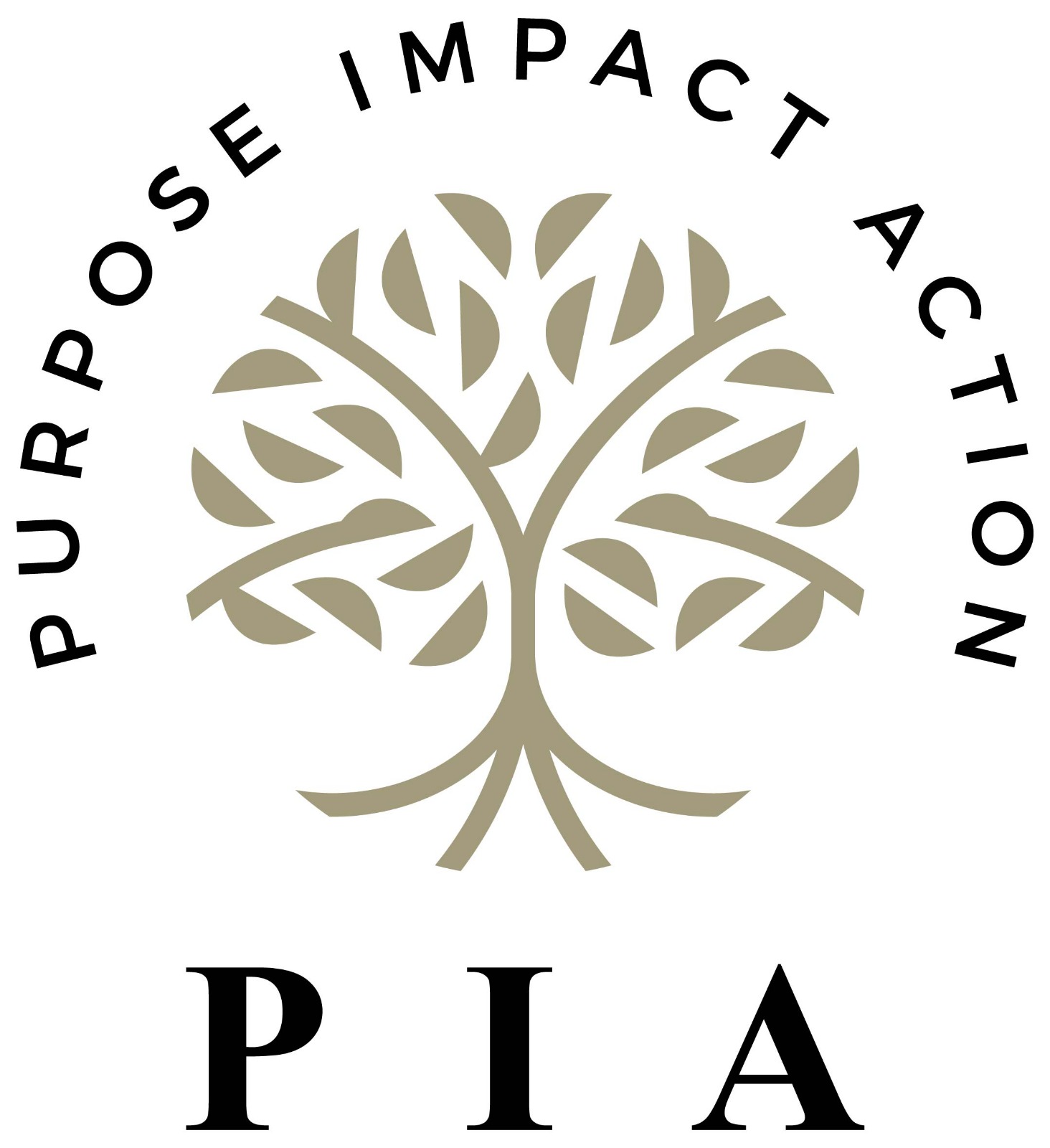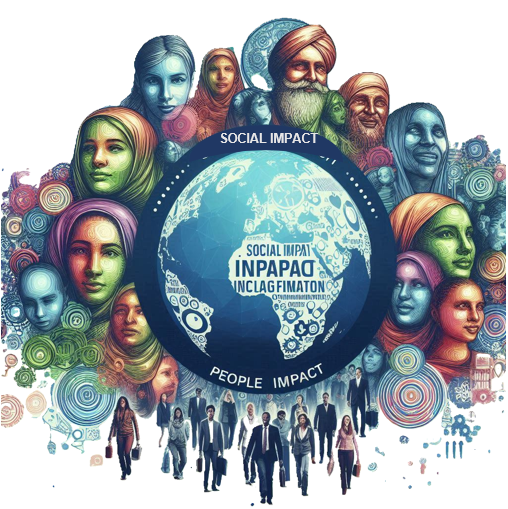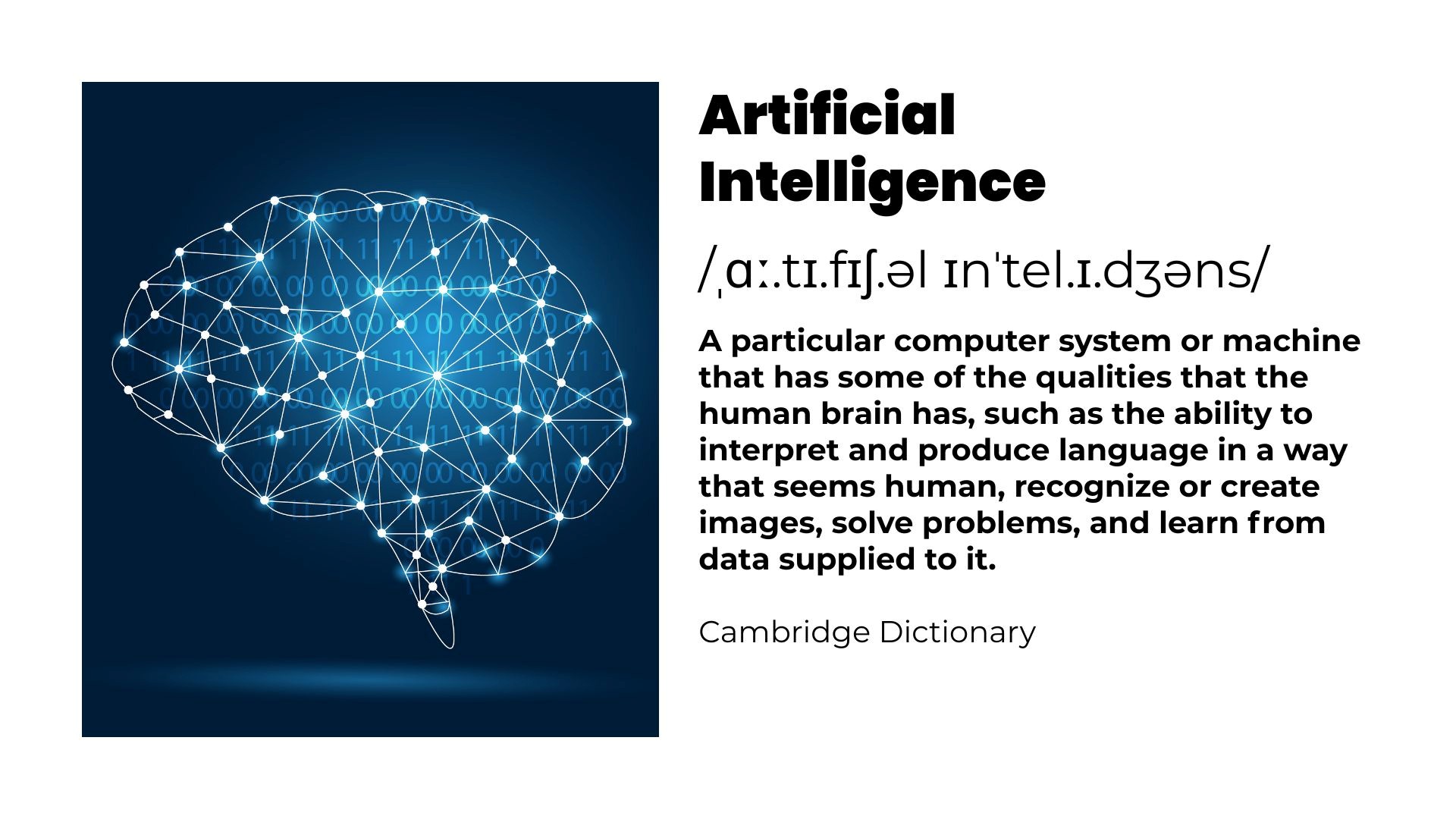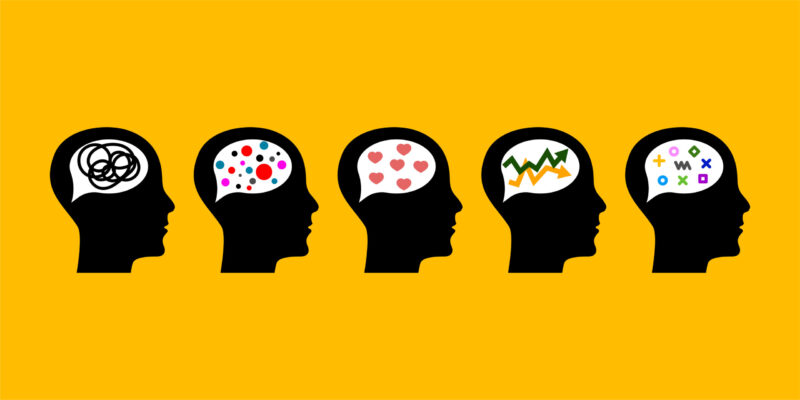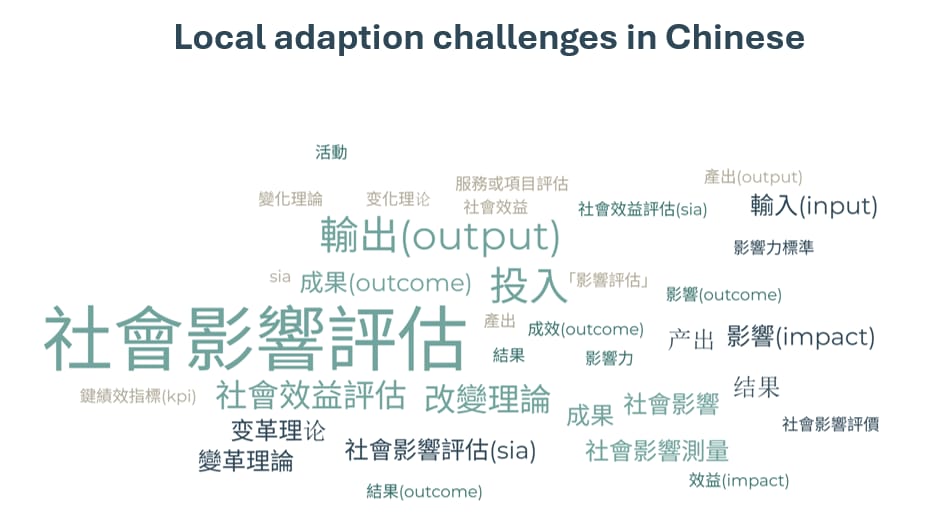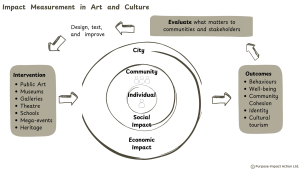
Art and cultural interventions have the power to transform individuals, communities, challenge societal norms, and inspire change. Yet, assessing their impact remains one of the most elusive challenges for practitioners, funders, and policymakers. How do you measure the ripple effects of something like M+’s Picasso for Asia exhibition, or Tai Kwun’s Alicja Kwade’s Pretopia– both currently on show– that spark conversations about our place and purpose in the present and future? These exhibitions don’t just live within the walls of cultural venues; they spill out into communities, shaping perspectives and sparking dialogue long after the last visitor leaves.
These challenges are not new. Art and culture have always been difficult to pin down when it comes to impact measurement. Recently, I was reading Enid Tsui’s Art in Hong Kong: Portrait of a City in Flux, and it struck me how art and cultural initiatives can truly acts as mirrors – reflecting historical events, the city’s colonial legacy, societal shifts and aspirations. Yet, when it comes to proving their value, we’re often stuck trying to fit these complex and multifaceted impacts into neat, quantifiable boxes. As someone with a background in economics, I understand the appeal of quantifiable metrics and pursuit of financial approaches aimed at justifying investment in art and cultural initiatives. However, when it comes to art and culture, don’t we run the risk of hollowing out the societal sense of the value of culture, replacing with simplified $ statistics?
But it’s not just about the difficulty of measurement – it’s also about whose perspective we’re measuring. The meaning and value of art and culture can vary dramatically depending on who you ask. Generally, for governments impact might mean economic growth. For a community member, it might mean a sense of belonging or spark of inspiration. And for an artist, it might be about creating artwork at new scales, or collaborations. The plurality of viewpoints also implies that off-the-shelf impact measurement tools are often not applicable given the nuances and context specific ways art and culture resonate with different audiences.
Take Pretopia, for example. Kwade’s thought-provoking installations invite viewers to question their time realities and imagine alternatives. But how do you measure the impact of that? Do you count the number of visitors by demographics? The Instagram posts? The amount of money spent in surrounding coffee shops and restaurants? Or do you look deeper at how the exhibition might shift someone’s perspectives or spark longer lasting interest in pursuing a creative outlet – something that, studies have shown, can lead to mental health and well-being outcomes?
The truth is, art and culture don’t lend themselves to easy metrics. Their impact is often slow-burning, emotional, and deeply personal. Yet, I believe that a solution lies in involving the communities and stakeholder groups in defining what a successful art and culture initiative looks like at the individual, community and city-levels. Such approach, in addition to key metrics, will ensure we can capture the plurality of viewpoints and experiences that art and culture generate. After all, isn’t that where their true value lies- in their ability to inspire and connect us in ways that defy easy explanations?
By Marianna Lemus Boskovitch, Senior Consultant, Purpose Impact Action
